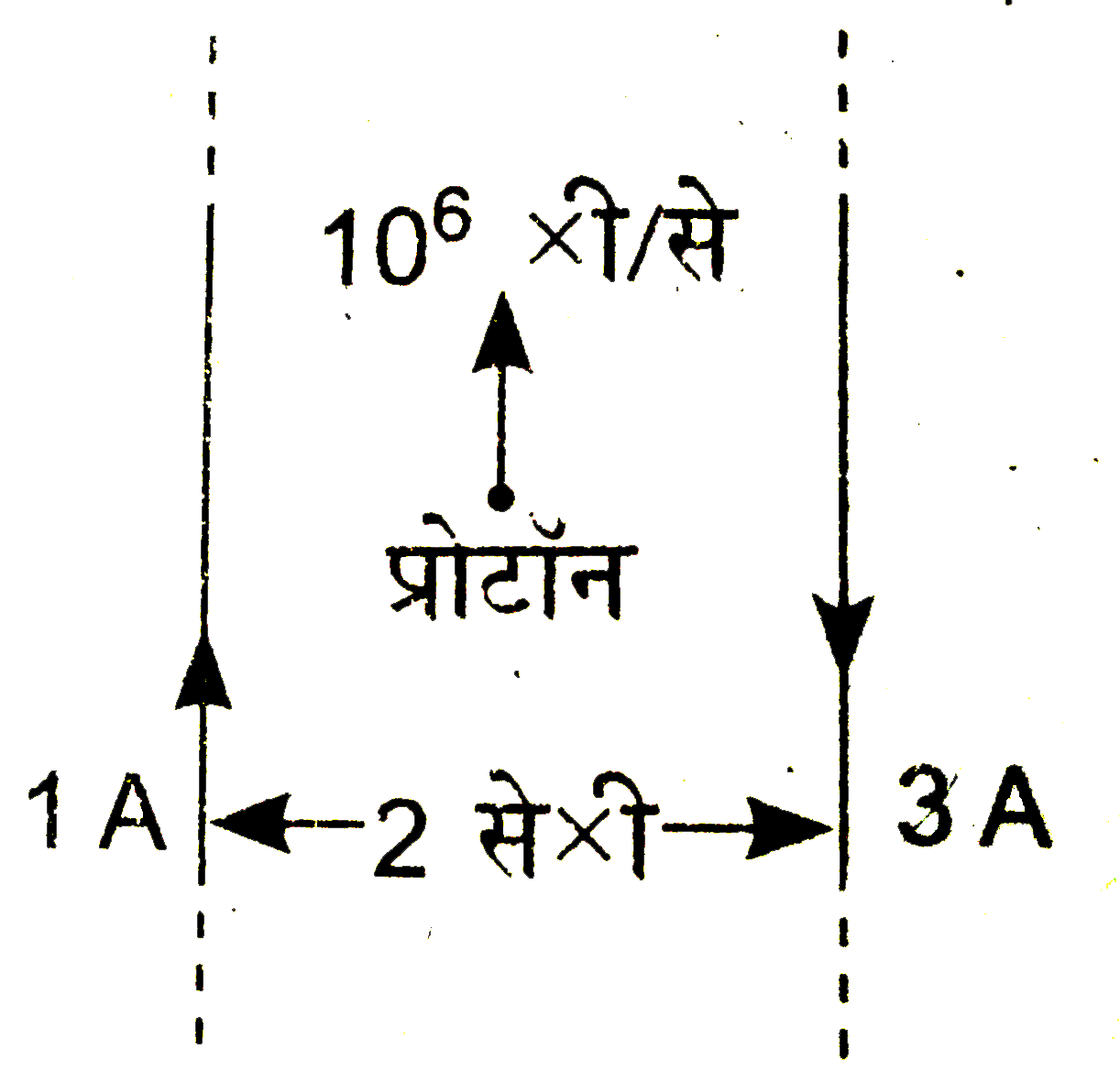Read the passage given below and answer the questions that follow:
On horse and on Foot
This is how Ibn Battuta describes the postal system:
In India the postal system is of two kinds. The horse post, called ulug, is run by royal horses stationed at a distance of every four miles. The foot-post has three stations per mile, it is called dawa, that is one-third of a mile... Now, at every third of a mile there is a well-populated village, outside which are three pavilions in which sit men with girded loins ready to start. Each of them carries a rod, two cubits in length, with copper bells at the top. When the courier starts fromm the city he holds the letter in one hand and the rod with its bells on the other, and he runs as fast as he can. When the men in the pavilion hear the ringing of the bell they get ready. As soon as the courier reaches them, one of them takes the letter from his hand and runs at top speed shaking the rod all the while until he reaches the next dawa. And the same process continues till the letter reaches its destination. This foot-post is quicker than the horse-post, and often it is used to transport the fruits of Khurasan which are much desired in India.
Explain how foot post worked.
Foot post.s stations were called dawa and each dawa was one third part of a mile. There was a village with dense population at a distance of every three miles. Outside the villages there were three pavilions. The men with girded loins used to sit in these pavilions. Each of them had a rod which was two cubits in length. It had also copper bells at the top. The courier used to sun loading the post (letter) in one hand and rod with bell in another hand. When the men sitting eagerly waiting for him in the next pavillion took the post from him and run as fast as he can. This process continued till the letter (post) reached to its final destination.
Topper's Solved these Questions
- THROUGH THE EYES OF TRAVELLERS BOOK - FULL MARKSCHAPTER - THROUGH THE EYES OF TRAVELLERS EXERCISE - ADDITIONAL QUESTIONS SOLVED (V. Project Work )
2 Videos
- THROUGH THE EYES OF TRAVELLERS BOOK - FULL MARKSCHAPTER - THROUGH THE EYES OF TRAVELLERS EXERCISE - PREVIOUS YEARS BOARD QUESTIONS SOLVED
17 Videos
- THROUGH THE EYES OF TRAVELLERS BOOK - FULL MARKSCHAPTER - THROUGH THE EYES OF TRAVELLERS EXERCISE - ADDITIONAL QUESTIONS SOLVED (III. Long Answer Type Questions )
3 Videos
- THINKERS, BELIEFS AND BUILDINGS CULTURAL DEVELOPMENTSBOOK - FULL MARKSCHAPTER - THINKERS, BELIEFS AND BUILDINGS CULTURAL DEVELOPMENTSEXERCISE - PREVIOUS YEARS BOARD QUESTIONS SOLVED
21 Videos
- UNDERSTANDING PARTITION POLITICS MEMORIES , EXPERIENCES BOOK - FULL MARKSCHAPTER - UNDERSTANDING PARTITION POLITICS MEMORIES , EXPERIENCES EXERCISE - PRECIOUS YEARS BOARD QUESTION SOLVED
20 Videos
Similar Questions
Ibn Battuta' visited India and many other countries . He described about the slaves. Make a project on the different aspects of slaves.
View SolutionName the famous book written by Al-Biruni. Which distinctive method he adopted while writing this text?
View SolutionGive details about Francois Bernier and other writers who visited India after the 15th century.
View Solution" The notice if saviour is seen in both Hinduism and Buddhism " Justify .
View Solution"The relationship between India and Pakistan has been shaped by the lagacy of Partition" Give arguments in favour or against the statement.
View Solutionसवणारंक किसे कहते है? जिलेटिन व् गोंद के सवणारंक क्रमश: 0.005 व् 0.10 है! इन रक्षी कोलाइडो में किसकी रक्षी क्षमता अधिक है, समझाइए!
View Solutionऐसी पारस्परिक क्रिया जिसमे एक जाति को लाभ होता है और दूसरी को न लाभ होता है और न हानि , उसे कहते है -
View Solutionभौमिक समय सारणी क्या है? कौन-सा महाकल्प सरीसृप युग कहलाता है और क्यों?
View Solutionनिमिनलखित में से कौन जीवित जीवाश्म कहलाता है?
View Solutionचिड़िया के पंख तथा घोड़े की अगली टाँगे दर्शाती है-
View Solutionजैव-विकास में उत्तपरिवर्तन को कहते है-
View Solutionप्रदत्त चित्र में दो लम्बे समान्तर धारावाही चालकों में 1 ऐम्पियर तथा 3 ऐम्पियर की धाराएँ एक-दूसरे के विपरीत दिशाओं में प्रवाहित हो रही है। तारों के बीच 2 सेमी की दूरी है। तारों के बीच ठीक मध्य-बिन्दु पर 106 मी/से की चाल से गतिमान प्रोटॉन पर कार्य करने वाले बल का मान तथा दिशा ज्ञात कीजिए।

View Solutionदो लम्बे सीधे तार परस्पर 75 सेमी की दूरी पर है। इनमें 5.0 ऐम्पियर की धारा समान दिशा में प्रवाहित हो रही है। एक तार में धारा समान दिशा में प्रवाहित हो रही है। एक तार के कारण दूसरे तार पर उत्पन्न चुम्बकीय क्षेत्र की गणना कीजिए। दूसरे तार के 3 मीटर लम्बाई पर लगने वाले बल का मान ज्ञात कीजिए।
View Solutionलेन्ज का नियम क्या है तथा यह किस राशि के संरक्षण पर आधारित है ?
View Solutionसमस्याओ में रेखिक समीकरण युग्म बनाइए और उनके हल प्रतिस्थापन विधि द्वारा ज्ञात कीजिए :
एक नगर में टैक्सी के भाड़े में एक नियम भाड़े के अतिरिक्त चली गई दुरी पर भाड़ सम्मिलित किए जाता है। 10 किमी दुरी के लिए भाड़ा 105 है तथा 15 किमी के लिए भाड़ा क्या है ? एक व्यक्ति को 25 किमी यात्रा करने के लिए कितना भाड़ा देना होगा ?
View Solutionताशों की गड्डी फेंटते समय तीन ताश गिर पड़ते हैं। इसकी क्या प्रायिकता है कि ये तीन ताश भिन्न-भिन्न सूटों (suits) से हों (अर्थात् यदि एक पान का है तो दूसरा हुकुम का, तीसरा चिड़ी का, ये ऐसे ही कोई और संचय)।
View Solution
